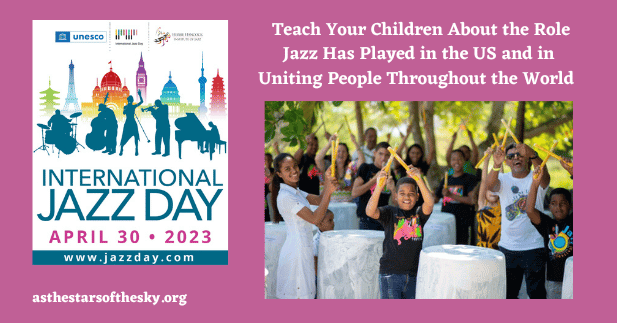Children today face an overwhelming amount of information and choices; it can be challenging for them to navigate this complex world. To help equip children with the tools they need, it is important to teach them wisdom - the ability to make morally grounded decisions and apply knowledge effectively. Proverbs 9:10 states that “The fear of the Lord is the beginning of wisdom.” (NIV) “Fear” does not mean that we are to be afraid of the Lord but we are to revere Him.
The Importance of Wisdom
Wisdom is essential for personal growth and success in all areas of life - be it relationships, academics, career, or beyond. It goes beyond merely possessing intelligence or knowledge. Wisdom involves the skillful integration of experiences, values, and understanding into ethical decision-making that translates into practical actions.
The Bible often depicts wisdom as something to be treasured and pursued. It offers invaluable guidance for leading a virtuous life, fosters emotional strength and resilience, and deepens our comprehension of right and wrong. And, all we have to do is ask for wisdom. “If any of you lacks wisdom, let him ask God, who gives generously to all without reproach, and it will be given him” (James 1:5)
It is important that children learn from an early age about wisdom as: it helps them to develop a strong moral compass; it strengthens their decision-making skills; it builds emotional resilience; it nurtures empathy and compassion; and it helps with their spiritual growth. To enforce help them learn and to reinforce these Bible verses, put them up around your home and talk about them frequently. And, reading Christian books helps to fortify their faith too.
Seven Bible Verses About Wisdom That Each Child Should Know
1. Proverbs 9:10 – “The fear of the Lord is the beginning of wisdom ….” (NIV)
Gaining wisdom is intricately tied to having a profound respect for God. Acknowledging His infinite power and supremacy instills humility, paving the way for perpetual education and self-improvement.
2. Proverbs 3:5 – “Trust in the Lord with all your heart and lean not on your own understanding ….” (NIV)
The verse encourages children to place their trust in God whenever they face challenges. It emphasizes the concept that relying on and trusting in a higher power is how one attains wisdom.
3. James 3:17 – “But the wisdom that comes from heaven is first of all pure; then peace-loving, considerate, submissive, full of mercy and good fruit, impartial and sincere.” (NIV)
This verse highlights the traits of godly wisdom, such as purity, peace, kindness, fairness, mercy, courage, and honesty.
4. Proverbs 2:6 – “For the Lord grants wisdom! His every word is a treasure of knowledge and understanding.” (TLB)
This verse highlights the significance of seeking divine wisdom and guidance. Children can develop a reliance on and trust in God by acknowledging that true wisdom originates from Him. His every word is paramount.
5. Ephesians 5:15-16 – “So be careful how you act; these are difficult days. Don’t be fools; be wise: make the most of every opportunity you have for doing good.” (TLB)
This verse emphasizes the significance of wise living and seizing every opportunity presented to us to do good. This verse inspires children to seek wisdom in their daily routines and practice virtuous principles, seeking to do good.
6. Proverbs 13:20 – “Be with wise men and become wise. Be with evil men and become evil.” (TLB)
Surrounding oneself with wise and knowledgeable people will impact personal development. This verse teaches children the importance of being selective about their friends and influences, choosing those who contribute positively to their growth and wisdom.
7. Proverbs 4:7 – “Getting wisdom is the most important thing you can do! And with your wisdom, develop common sense and good judgment.” (TLB)
By making this pursuit central to their lives, children can nurture wisdom as a guiding principle and apply it in their daily decisions.




















